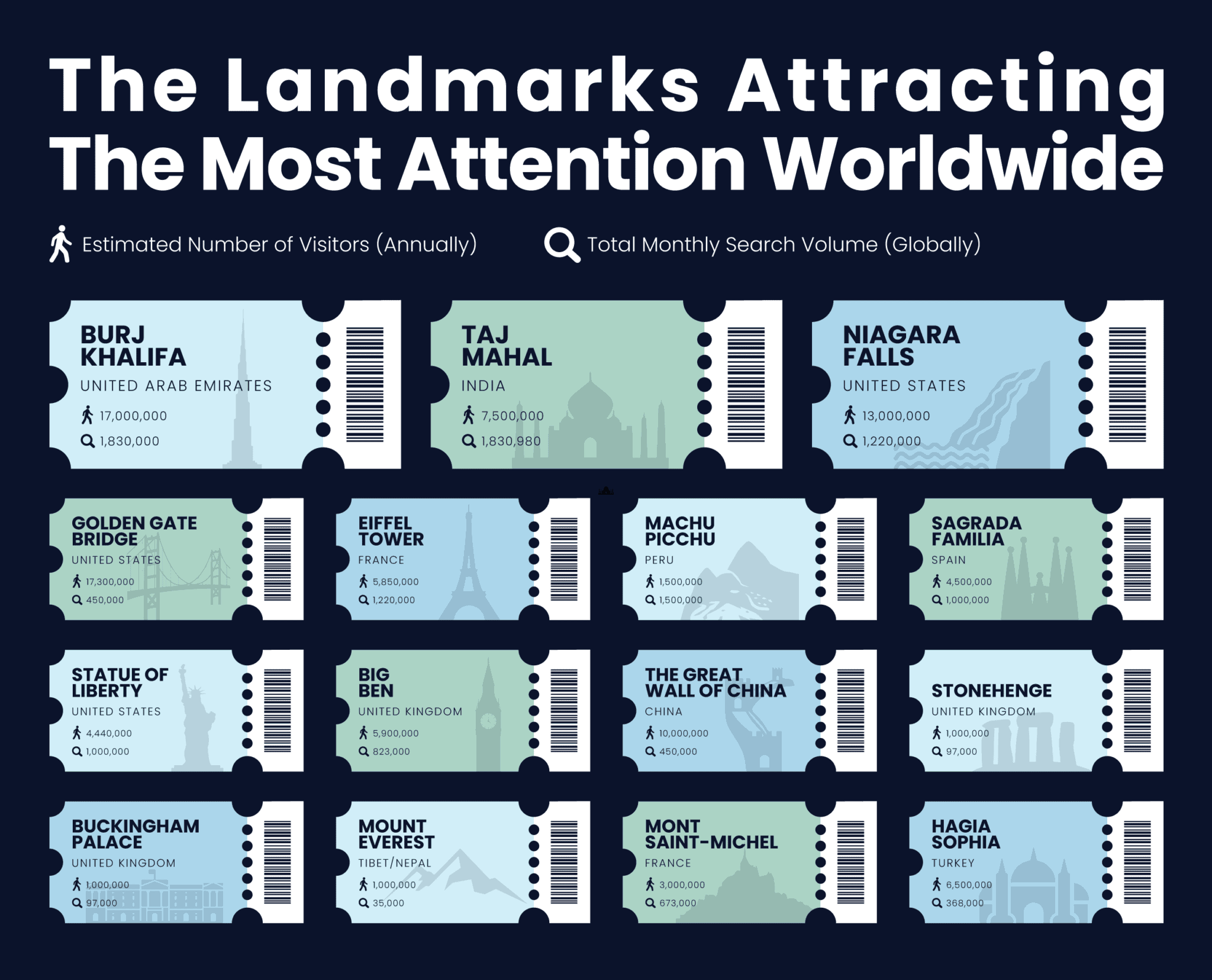The China Market: A Case Study Of BMW, Porsche, And Their Competitors

Table of Contents
BMW's Strategy in the China Market: Localization and Luxury
BMW's success in the China market is a testament to its effective localization strategy and its ability to maintain brand prestige. The company hasn't simply exported its existing models; instead, it has tailored its offerings to resonate with Chinese consumers.
Localization Efforts:
- Tailored Models: BMW has recognized the preference for larger vehicles in China, resulting in models with extended wheelbases specifically designed for the Chinese market. They also incorporate features highly valued by Chinese consumers, such as advanced infotainment systems and luxurious interior appointments.
- Local Production and Supply Chains: Significant investment in local manufacturing plants and partnerships with Chinese suppliers has allowed BMW to reduce costs, improve efficiency, and better respond to market demands. This strategy also fosters stronger relationships with the local community.
- Targeted Marketing: BMW’s marketing campaigns are meticulously crafted to appeal to diverse demographics and cultural nuances. They understand the importance of aligning with Chinese values and aspirations. This includes utilizing local celebrities in advertising and tailoring messaging to reflect Chinese cultural sensitivities.
- Successful Examples: The long wheelbase versions of the BMW 3 Series and 5 Series have been particularly successful in the Chinese market, demonstrating the effectiveness of localization efforts.
Maintaining Brand Prestige:
- Balancing Affordability and Luxury: BMW has cleverly navigated the challenge of appealing to a broader range of consumers by offering a selection of models that balance affordability with the expected luxury and performance associated with the brand.
- Premium Dealership Experience: BMW’s exclusive dealerships offer a premium customer experience, reinforcing the brand's image of prestige and exclusivity. Exceptional customer service is paramount in maintaining this image.
- Leveraging Brand Heritage: BMW effectively utilizes its rich history and brand heritage in its marketing, resonating with Chinese consumers who value established brands with a strong reputation.
- Counteracting Domestic Competition: BMW actively monitors and adapts to the rise of domestic luxury brands by continuously innovating and refining its product offerings and customer experiences to stay ahead of the competition.
Porsche's Approach: Exclusivity and Performance
Porsche's strategy in the China market centers on its core brand identity: exclusivity and high performance. While adapting to local preferences, Porsche has steadfastly maintained its focus on catering to a wealthy and discerning customer base.
Focus on High-Performance Vehicles:
- Maintaining Brand Identity: Porsche’s focus remains on its iconic sports cars and SUVs, offering powerful engines and advanced technology that appeal to its target audience. This unwavering commitment to its core identity has been key to its success.
- Catering to Affluent Consumers: Porsche’s vehicles are positioned as premium products, appealing to a segment of the Chinese market with high disposable income and a desire for luxury and performance.
- Market-Specific Models: Porsche has introduced models and features specifically tailored to Chinese preferences for powerful engines and cutting-edge technology, showcasing its responsiveness to the market's demands.
- Successful Models: The Porsche Cayenne and Macan SUVs have proven particularly popular in China, highlighting the effectiveness of offering vehicles that balance performance with practicality.
Digital Marketing and Brand Building:
- Digital Engagement: Recognizing the importance of reaching younger, affluent consumers, Porsche has invested heavily in digital marketing and social media engagement.
- Online Presence: Porsche maintains a strong online presence in China, leveraging various digital platforms to build a brand community and interact directly with potential customers.
- Strategic Partnerships: Collaborative efforts with influential figures and organizations in China have further enhanced Porsche's brand image and reach within the market.
- Measuring Success: Porsche continuously analyzes the effectiveness of its digital marketing efforts, allowing for data-driven adjustments and optimization of its strategies.
Competitive Landscape and Challenges
The China market presents both immense opportunities and formidable challenges for international automotive brands.
Rise of Domestic Brands:
- Growing Competition: The rise of domestic brands like Geely, BYD, and NIO poses a significant challenge to established international players. These brands offer competitive pricing, advanced technologies, and increasingly sophisticated designs.
- Domestic Brand Strategies: Domestic brands are aggressively expanding their market share by focusing on innovation, localization, and competitive pricing. They leverage strong government support and deep understanding of the local market.
- Advantages and Disadvantages: Domestic brands benefit from lower production costs, better understanding of consumer preferences, and access to government support. However, they may lack the established global brand recognition and technological expertise of international players.
Government Regulations and Policies:
- Emission Standards: Stringent government regulations on emission standards and fuel efficiency are driving innovation but also increase production costs for international automakers.
- Foreign Investment: Government policies regarding foreign investment and market access can significantly influence the profitability and operational efficiency of international brands.
- Navigating Regulations: The complex and ever-evolving regulatory environment requires significant expertise and resources to navigate successfully.
Economic Factors and Consumer Sentiment:
- Economic Fluctuations: Economic growth and consumer spending patterns in China directly impact the automotive market's performance. Economic uncertainty can dampen consumer demand.
- Changing Preferences: Consumer preferences and trends are constantly evolving in the dynamic Chinese automotive market. Understanding these shifts is crucial for success.
- Geopolitical Factors: Global economic conditions and geopolitical events can significantly influence consumer confidence and purchasing power within the Chinese market.
Unlocking the Potential of the China Market: Lessons from BMW, Porsche, and Their Competitors
BMW and Porsche's success in China underscores the importance of a localized approach, strong brand building, and a deep understanding of Chinese consumer preferences. Both companies have demonstrated a willingness to adapt and innovate, recognizing that a one-size-fits-all strategy is unlikely to succeed in this complex market. However, the increasing competition from domestic brands and the complexities of the regulatory environment present ongoing challenges. To succeed in the China market, businesses must invest in localization, understand evolving consumer preferences, and proactively manage the risks associated with government regulations and economic fluctuations.
The China market, despite its complexities, offers unprecedented opportunities for growth. By studying the successes and challenges of BMW, Porsche, and their competitors, businesses can gain valuable insights into navigating this dynamic landscape. We encourage you to delve deeper into the strategies employed by these industry leaders and consider how your own business can leverage these lessons to unlock the significant potential of the China market and thrive within its competitive automotive landscape.

Featured Posts
-
 Discovering The Countrys Next Big Business Locations
May 16, 2025
Discovering The Countrys Next Big Business Locations
May 16, 2025 -
 Paddy Pimblett Next Ufc Champion Goat Legends Prediction For Ufc 314
May 16, 2025
Paddy Pimblett Next Ufc Champion Goat Legends Prediction For Ufc 314
May 16, 2025 -
 Save With Jimmy Butler Bigface Discount For Warriors Employees
May 16, 2025
Save With Jimmy Butler Bigface Discount For Warriors Employees
May 16, 2025 -
 Shorthanded Portland Timbers Unbeaten Streak Ends In San Jose
May 16, 2025
Shorthanded Portland Timbers Unbeaten Streak Ends In San Jose
May 16, 2025 -
 Nhl 25 Arcade Mode A Complete Guide
May 16, 2025
Nhl 25 Arcade Mode A Complete Guide
May 16, 2025
